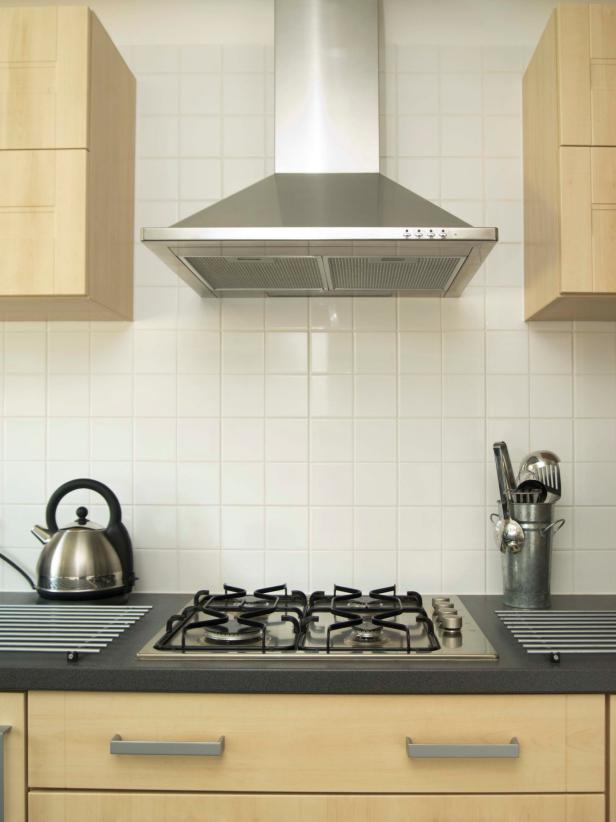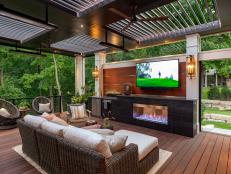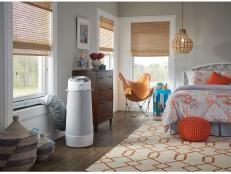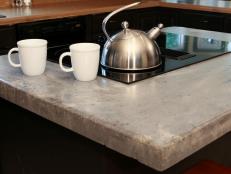In-Line Kitchen Exhaust Fans

Jupiterimages
Building codes require a kitchen-range hood for dispersing moisture, odors, fumes and heat from the immediate area during cooking. To comply, homeowners have various options that can be grouped into two categories: exhaust fans that vent outdoors and exhaust fans that don’t.
The best kitchen ventilation system includes an in-line exhaust fan that vents outdoors. It pulls polluted air out of the kitchen through ducting and exhausts it through a vent in the roof. In some situations, the vent may be located in an exterior wall. In-line exhaust fans are quiet, reliable, efficient and economical, and they keep kitchen counters, walls, floors and furniture cleaner for longer than non-venting fans do. And Energy Star-qualified models, more than 50 percent quieter than standard models, are available.
In contrast, kitchen exhaust fans that don't vent outside simply recirculate the polluted air around the kitchen. They’re also noisy, which can deter homeowners from using them.
A kitchen ventilation system that includes an in-line exhaust fan typically has six components. Beginning in the kitchen and ending at the roof, they're usually encountered in this sequence: hood, back-draft damper, ducts, duct attenuator, fan and termination device. Here’s how they’re installed:
- The hood covers the cooking area and extends beyond it by about 3 inches. An exposed stainless steel hood and a built-in hood liner with a decorative surround are the most commonly used options. Filter grilles are usually chosen for aesthetic purposes for use over an island stovetop.
- The back-draft damper should be installed right next to the hood or grille. It keeps outside air from flowing backward into the home.
- Use steel or aluminum ducting that’s UL-listed for residential kitchen exhaust. The duct run should be as short and as direct as possible, because the longer and more complicated it is, the more restricted the airflow will be. Also, seal all duct connections and seams with mastic and UL 181-rated foil tape to prevent leaks.
- The duct attenuator, or "silencer," should be installed between the hood and the fan to muffle the sound of the fan.
- The inline fan is installed within the duct run, hence its name. The fan will be equally effective at any spot within the duct run, but the quietest position is as far from the hood as possible, which is why the fan is typically located in the attic.
- Either a roof cap or a wall hood is needed to terminate the duct. It must be located at least three feet from any other opening so that the exhaust doesn't travel back into the home. Also, the penetration around the termination device must be sealed and flashed properly to prevent water intrusion.










































